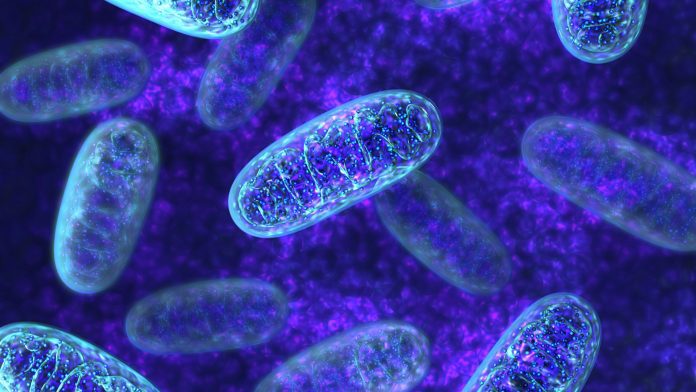
A groundbreaking discovery by scientists has identified three previously uncharacterised mitochondrial disease conditions.
Mitochondrial diseases are complex conditions that occur resulting from the mitochondria in the cells producing insufficient energy or not working at all. Symptoms of mitochondrial diseases can vary and depends on the severity and number of cells affected and their location.
Whilst there is no cure for these conditions, the discovery of three new mitochondrial diseases can provide answers to previously undiagnosed patients.
The findings are published in Nature.
Identifying faulty proteins in mitochondrial diseases
Dysfunctional mitochondria can cause a range of symptoms such as poor growth, muscle weakness, seizures, developmental and cognitive disabilities and vision problems. Mitochondrial disease can be caused by a defect in the estimated 1,150 proteins that form the mitochondria. The faulty proteins can often be difficult to identify, leading to ineffective treatment.
To address the challenge of identifying faulty proteins, the researchers have developed a new approach that has successfully identified the genetic cause of three new mitochondrial diseases.
Co-author Professor Robert Taylor, Professor of Mitochondrial Pathology at the Wellcome Centre for Mitochondrial Research, Newcastle University, who is also Head of the NHS Highly Specialised Mitochondrial Diagnostic laboratory at Newcastle Hospitals NHS Foundation Trust, said: “In spite of the increasing recognition of disease pathology that is underpinned by mitochondrial problems, a major hurdle in diagnosing and treating these conditions is that we don’t yet know the function of many of the hundreds of proteins found in mitochondria or understand their fundamental role in biology. This important research begins to address that.”
CRISPR-Cas9 analysis
Colleagues at Washington University in St. Louis and the University of Wisconsin-Madison systematically analysed dozens of mitochondrial proteins of unknown function with the new approach that involves using CRISPR-Cas9 technology to remove single genes from human cells grown in the lab. By removing different genes in these line cells, 50 of the missing genes coded for mitochondrial proteins of unknown function and 66 coded with known function were discovered.
This discovery allowed the team to collect data to develop a new digital platform to analyse and identify the biological processes that went wrong when a specific protein was absent. The technology was employed on mitochondrial proteins with known functions and then was used on the mitochondrial proteins with unknown functions. Through this elimination process, they were able to identify three proteins linked to mitochondrial disease and discover potentially 20 proteins to be investigated.
“We have a parts list for mitochondria, but we don’t know what many of the parts do,” said co-senior author Professor David Pagliarini at Washington University. “It’s similar to if you had a problem with your car, and you brought it to a mechanic, and upon opening the bonnet, they said, ‘We’ve never seen half of these parts before.’ They wouldn’t know how to fix it. This study is an attempt to define the functions of as many of those mitochondrial parts as we can so we have a better understanding of what happens when they don’t work and, ultimately, a better chance at devising therapeutics to rectify those problems.”
























